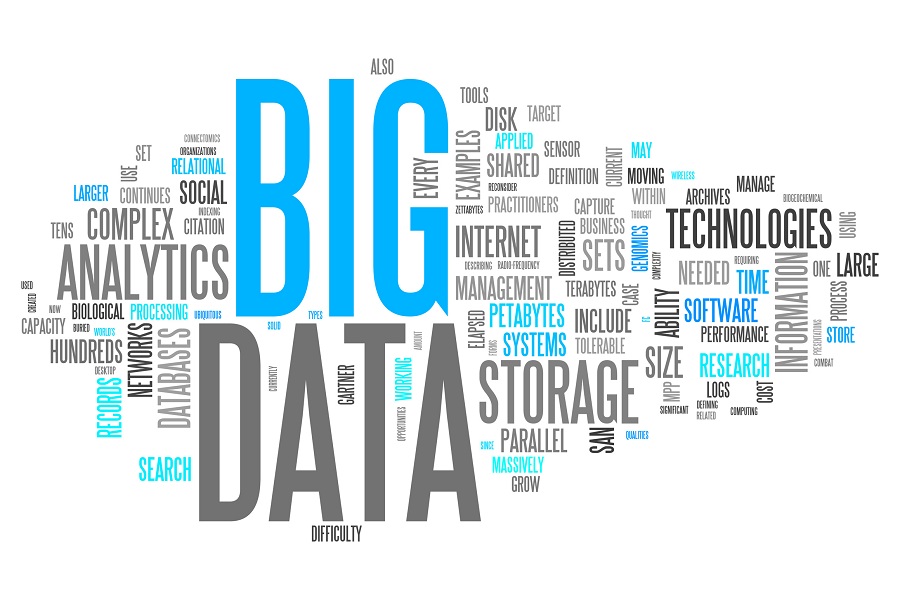Five SaaS myths debunked
Gartner warns businesses against assuming that software-as-a-service is right for their company.


Like much shiny new tech, software-as-a-service has quickly gained traction, but analyst firm Gartner has warned about jumping on the bandwagon without taking a good look at the delivery model first.
"In recent years there has been a great deal of hype around SaaS," said Robert DeSisto, vice president and distinguished analyst at Gartner, in a statement.
"As a result, a great number of assumptions have been made by users, some positive, some negative, and some more accurate than others. The concern is that some companies are actually deploying SaaS solutions, based on these false assumptions."
As budget constraints push some firms to consider the model, Gartner offers five SaaS assumptions to keep in mind. The myths listed aren't all bad news for the software model, but could be for your firm if you choose to deploy for the wrong reason, the analyst firm warned.
Myth One SaaS saves money
Gartner said that SaaS deployments are often cheaper in the first two years, because there is no initial capital investment. But it noted that over five years, the total cost of ownership might outweigh that of traditional software models, as the initial outlay has already been made.
Myth Two It's faster to deploy SaaS
Sign up today and you will receive a free copy of our Future Focus 2025 report - the leading guidance on AI, cybersecurity and other IT challenges as per 700+ senior executives
While SaaS is indeed an easier and quicker way to rollout simple systems, that may not hold true for more complex solutions especially those being customised. According to Gartner, vendors may promise deployments in 30 days, but they can take over seven months in reality.
Myth Three SaaS is utility computing
Gartnery called this assumption "false in the vast majority of cases". Most SaaS users are not charged by use, but on a set contract, regardless of whether the software is used or not. "In some cases, the application lends itself to metered use for example, an e-commerce application may have pricing based on order transaction processes but for the most part, utility examples are in the minority," Gartner said.
Myth Four Integration is difficult
According to the analysts, SaaS can be integrated with office-based apps or data using batch synchronisation, real-time web services or mash-ups so it's no excuse not to use software-as-a-service.
Myth Five SaaS is best for basic systems
While Gartner noted that complicated end-to-end systems may not be best served via a SaaS model, the analyst firm said the ability to configure means highly customised applications are possible, especially under application platform as a service (APaas) systems.
Freelance journalist Nicole Kobie first started writing for ITPro in 2007, with bylines in New Scientist, Wired, PC Pro and many more.
Nicole the author of a book about the history of technology, The Long History of the Future.
-
 Cloud investment “expected to continue” indefinitely after strong start in 2024, experts suggest
Cloud investment “expected to continue” indefinitely after strong start in 2024, experts suggestNews The sector shows positive signs of growth as cloud infrastructure offerings and AI adoption projects ramp up
-
 The end of the slowdown? Global cloud spending is set to surge by 20% in 2024 as enterprises ramp up migration plans and capitalize on generative AI
The end of the slowdown? Global cloud spending is set to surge by 20% in 2024 as enterprises ramp up migration plans and capitalize on generative AINews Global cloud spending will surge in the year ahead, analysis shows, marking a shift away from a period of ruthless optimization
-
 Budgets are still tight, but ‘cloud slowdown’ claims haven’t quite materialized in 2023
Budgets are still tight, but ‘cloud slowdown’ claims haven’t quite materialized in 2023Analysis Positive cloud spending forecasts for 2024 suggest there’s light at the end of the tunnel for enterprises
-
 Cloud to drive surge in European IT spending next year
Cloud to drive surge in European IT spending next yearNews Investment in cloud security and IaaS is expected to to fuel a surge in IT spending
-
 Harmful effects of “cloud concentration” now a key concern for IT leaders
Harmful effects of “cloud concentration” now a key concern for IT leadersNews Overreliance on a single provider is a byproduct of intense efforts to consolidate complex IT estates
-
 Two-thirds of firms will invest in big data this year, claims Gartner
Two-thirds of firms will invest in big data this year, claims GartnerNews Majority of organisations will be using big data technology within the next two years, research suggests.
-
 Gartner sets out cloud security market trends
Gartner sets out cloud security market trendsNews Market watcher claims compliance will be key cloud market driver to 2016.
-
 Global SaaS deployments are rising sharply, research suggests
Global SaaS deployments are rising sharply, research suggestsNews Uptake across all geographies is rising, with Asia Pacific leading the way, claims Gartner.


